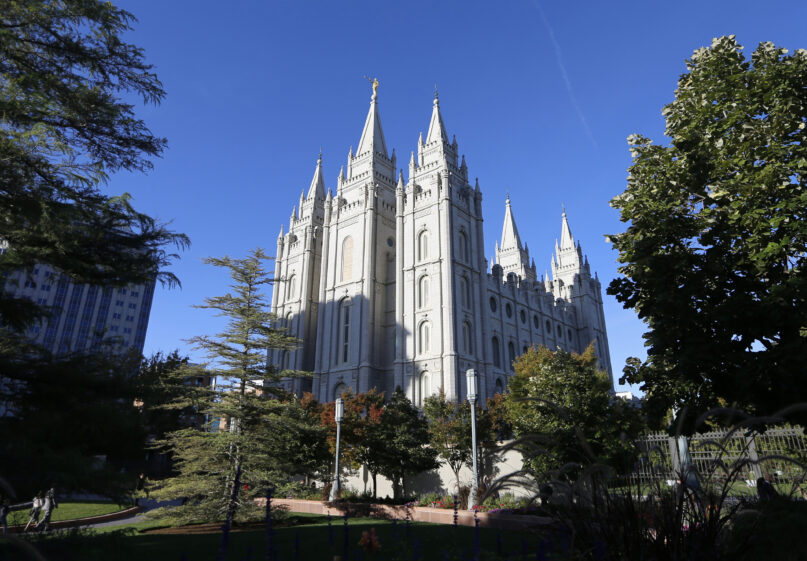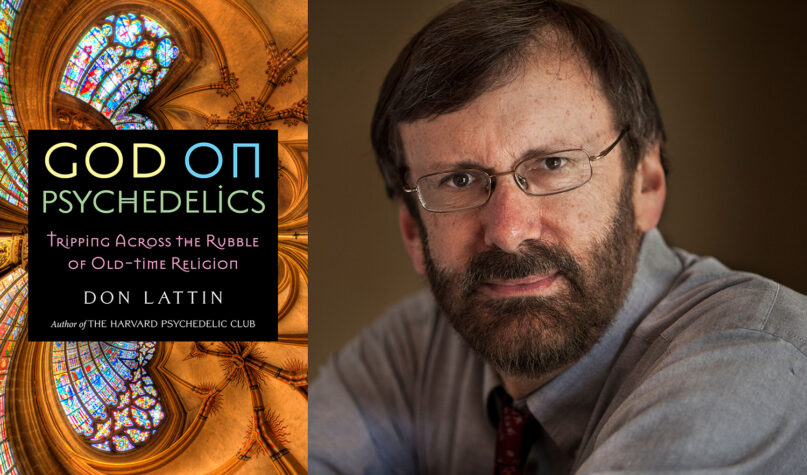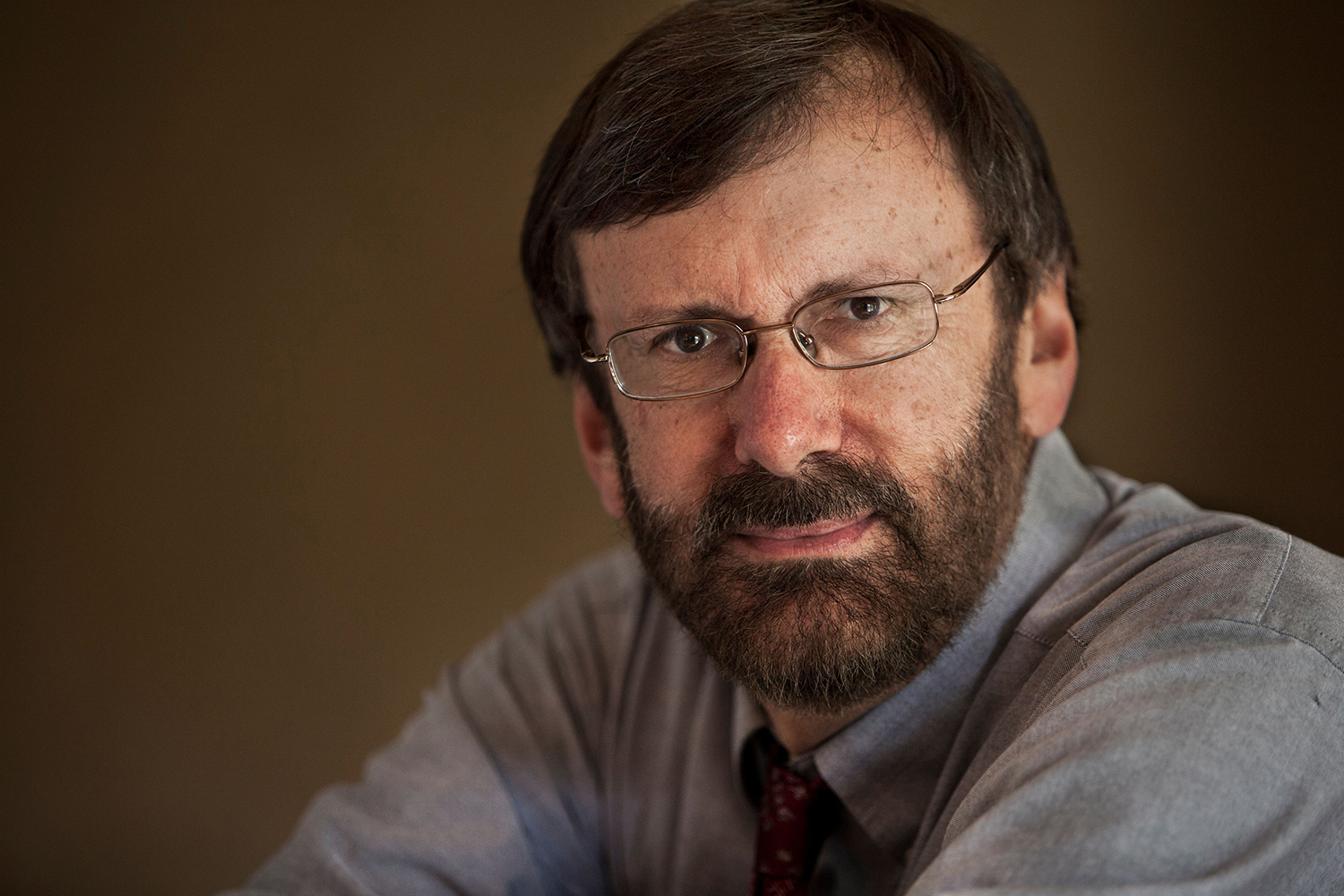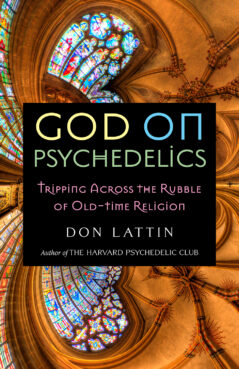Fresh protests across France as Constitutional Council largely upholds Macron's pension reform
Issued on: 14/04/2023
Text by: FRANCE 24
The French constitutional court on Friday approved the key elements of President Emmanuel Macron's controversial pension reform while rejecting certain parts of the legislation. Pushing the legal age for drawing a full pension from 62 to 64, the legislation is deeply unpopular in France and has triggered months of mass protests. Follow our blog to see how the day's events unfolded. All times are Paris time (GMT+2)
France's constitutional court on Friday approved the key elements of President Emmanuel Macron's pension reform, paving the way for him to implement the unpopular changes that have sparked months of protests and strikes.
The nine-member Constitutional Council ruled in favour of key provisions, including raising the retirement age to 64 from 62, judging the legislation to be in accordance with the law.
Six minor proposals were rejected, including efforts to force large companies to publish data on how many people over 55 they employ, and a separate idea to create a special contract for older workers.
The decision represents a victory for Macron, but analysts say it has come at a major personal cost for the 45-year-old while causing months of disruption for the country with sometimes violent protests that have left hundreds injured.
This live blog is no longer being updated. For more of our coverage on France's pension reform, please click here.
10:20pm: Police station entrance set on fire in Western city of Rennes
In the western city of Rennes, protesters set fire to the entrance of a police station, while other fires were also started in the city.
9:20pm: Unions call for mass new protests on May 1
As tensions mounted in the hours before the Constitutional Council's decision, Macron invited labour unions to meet with him on Tuesday no matter what the decision was, his office said. The unions rejected Macron’s invitation, noting that he had refused their previous offers of a meeting, and called for mass new protests on May 1, International Workers Day.
The CGT union's new leader Sophie Binet called for a "popular and historic tidal wave" of people on the streets to oppose the reforms on May 1, and the labour unions issued a press release calling for protests.
9:01pm: Clashes in western city of Nantes and in southeastern city of Lyon
Protests rallying hundreds have erupted in other cities besides Paris, including Marseille and Toulouse. Clashes broke out in the Western city of Nantes after protests in reaction to the decision of the Constitutional Council. According to local newspaper Ouest France, the police used water cannons to prevent demonstrators from reaching the local town hall. A fire was set in an underground car park.
According to Reuters, police also used tear gas against protesters in Lyon, France’s third biggest city, located in the southeast.
8:35pm: Police and demonstrators clash among burned trash bins
According to local newspaper Le Parisien, spontaneous demonstrations are currently taking place across France. In Paris itself, police and protesters have been clashing since the announcement of the Constitutional Council decision, especially near the Place de la Bastille.
Some burned trash bins as they marched through Paris, singing a chant popular with anti-Macron protesters: "We are here, we are here, even if Macron does not want it, we are here."
Thousands of protesters gathered outside Paris city hall and booed the court decision. Some then marched through the city centre. Bikes, e-scooters and garbage were set on fire as police in body armour brandishing truncheons stopped protesters from advancing further, AFP correspondents said.
Tensions are still growing between authorities and demonstrators. The much-criticised motored police section has started intervening, according to Le Parisien.
8:05pm: French unions urge Macron not to sign pensions reform into law
French trade unions urged President Emmanuel Macron on Friday not to sign his pensions reform into law in a last-ditch attempt to prevent the retirement age from rising to 64.
"Given the massive (public) rejection of this reform, the unions request him solemnly to not promulgate this law, the only way to calm the anger which is being expressed in the country," said a joint statement sent to the AFP news agency.
7:35pm: Massive police presence guarding Constitutional Council and Elysee Palace neighbourhood
According to FRANCE 24's Olivia Bizot, reporting from the Constitutional Council building, large numbers of riot police have been guarding the neighbourhood since the early hours on Friday. The presidential Elysee palace is also located nearby.
France's Prime Minister Elisabeth Borne said on Twitter: "The Constitutional Council has ruled...that the reform is in line with our constitution. The text arrives at the end of its democratic process. Tonight there is no winner, no loser."
7:00pm: Labour Minister sets September 1 date for reform's implementation
"The Labour Ministry and the pension system will work hard to make sure this reform is implemented on September 1," French Labour Minister Olivier Dussopt said on Twitter.
6:50: Right-wing opposition LR leader urges 'political forces' to 'accept' the reform, Socialist leader says 'the fight will take other forms'
Right-wing party Les Republicains leader Eric Ciotti tweeted that "The Constitutional Council has issued its ruling. All political forces must accept it and show respect for our institutions."
6:40pm: Protesters gather outside Paris City Hall against reform as riot police guard Constitutional Council building
Protesters gathered outside Paris City Hall, holding banners reading "climate of anger" and "no end to the strikes until the reform is pulled "as the Constitutional Council's verdict was announced.
Protesters gathered outside Paris's City Hall after the Constitutional Council decision validating pension reform
The Constitutional Council, a short walk from the Louvre museum in the centre of the French capital, has been protected with barriers, and dozens of riot police are on guard nearby.
6:35pm: Opposition leaders say 'fight continues'
Far-left France Unbowed (La France Insoumise) party leader Jean-Luc Melenchon said on Twitter, "the Constitutional Council decision shows that it is more attentive to the needs of the presidential monarchy than to those of the sovereign people. The fight continues and must gather its forces."
Far-right National Rally (Rassemblement National) party leader Marine Le Pen tweeted that "the constitutional court decision may close the institutional sequence, but the political fate of the pension reform has not been sealed. The people always have the last word, it is the people's right to prepare for the change in power that will be the result of this unnecessary and unjust reform."
6:21pm: France’s Constitutional Council also rejects opposition request for a referendum
Separately, the Constitutional Council rejected a proposal by the opposition to organise a citizens' referendum on the pension reform.
The opposition has tabled another bid for a referendum, which should be reviewed by the Council in early May.
5:45pm: France's Constitutional Council validates Macron's unpopular pension reform
The banner reform in the legislation to raise the retirement age from 62 to 64 was validated by the Constitutional Council after almost three months of protests opposing the measure.
The court struck out six measures not seen as fundamental to the essence of the reform and threw out a request filed by the left for a referendum on an alternative pension law that would keep the retirement age at 62.
>> Read more: Protests, appeals, referendum: What’s next for France’s pension reform?
(FRANCE 24 with AFP & Reuters)
Adam PLOWRIGHT
Fri, April 14, 2023

France's constitutional court approved the core parts of Macron's pension reform on Friday, paving the way for the centrist head of state to sign into law a hike in the retirement age to 64 from its current level of 62.
But the manner in which the legislation has been passed -- in the face of opposition from two out of three voters, trade unions, and a majority of MPs in the National Assembly -- has dismayed even previously sympathetic observers.
Pierre Rosanvallon, a highly respected sociologist and historian, issued a striking warning in early April that Macron needed to restore the legitimacy of his presidential office in the eyes of voters.
"Without this, the time of revolutions could come back, or else there will be an accumulation of toxic disaffection which will open the way for far-right populism," the centre-left thinker told Liberation newspaper.
Political historian Jean Garrigues also wrote that it was "all of our institutional foundations, all of our political figures which are discredited" by the way the reform had been passed.
"The link between our citizens and their national representatives has been stretched further in this crisis, as it was during the Yellow Vests," Garrigues wrote in Le Monde newspaper, referring to fierce anti-Macron protests in 2018.
Criticism has focused in particular on how the president's minority government rammed the legislation through parliament on March 16 without a vote.
The move -- legal but controversial -- came after other constitutional measures were used to keep parliamentary debate to a minimum, deepening the sense of outrage felt by protesters who have taken to the streets almost every week since January.
The sometimes violent protests peaked at 1.28 million people on March 7, according to official statistics, the biggest in a generation.
"This protest movement will leave a mark in the history our country, through its size and the new people who have joined in," the leader of the moderate CFDT union, Laurent Berger, told reporters as he marched -- for the 12th time since January -- on Thursday.
He repeated his belief that the country faced a "democratic crisis."
- 'No crisis' -
In his only media interview on the subject of pensions since his election to a second term last April, Macron conceded that he and his government had failed to win the battle for public opinion.
Asked if he had any regrets, he told the TF1 channel: "If I have any, it's that we haven't always succeeded in convincing people of the necessity of this reform, which I don't take pleasure in."
But he remained convinced that it was "necessary" and for the greater good of the country -- to avoid pension deficits forecast to hit 13.5 billion euros by 2030, and to bring the country into line with its EU neighbours.
Furthermore, he saw it as legitimate given that he had been re-elected on a platform that included the pension reform and a pledge to make France "work more" to pay for one of the most expensive welfare systems in the world.
Some allies had warned him beforehand, however, about the risks of hiking the retirement age in the middle of a cost-of-living crisis and so soon after Covid-19.
Speaking in China last week, he shot back at critics.
"You can't call it a democratic crisis when an elected president... seeks to implement a policy that has been proposed democratically," he told reporters in off-the-record remarks that were published in the French media.
"If people wanted to retire at 60, then they shouldn't have elected me as president."
- A new republic? -
The talk of crisis and revolution comes amid gathering evidence that confidence in French democracy is waning.
A widely watched annual poll published by the Cevipof political institute at Sciences Po university in Paris showed in February that two out of three people (64 percent) thought French democracy was functioning "not well".
An even higher proportion had negative feelings about politicians (72 percent) and still more (82 percent) thought politicians did not share their priorities.
The pensions reform has also revived debate about whether the current constitution, the foundation of the modern Fifth Republic, is fit for purpose.
Approved during a national emergency and shaped by war-time hero Charles de Gaulle, it created an executive presidency with powers superior to any other western European chancellory or prime minister's office.
"This constitution which hands extremely brutal, authoritarian powers to the governing power is crashing into a society that no longer tolerates decisions seen as too top-down," said constitutional expert Bastian Francois.
"What was acceptable in the 60s, even in the 80s, is less and less acceptable today," the historian at the Sorbonne university in Paris told AFP.
adp/sjw/ach














